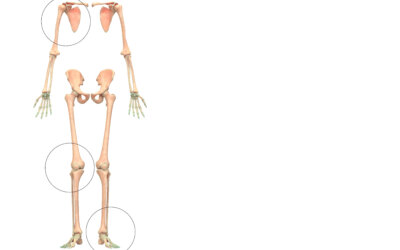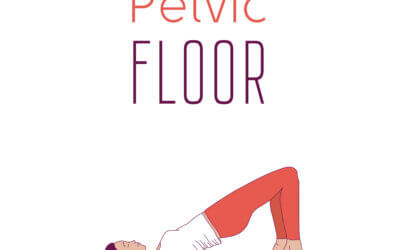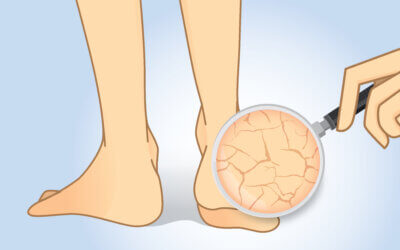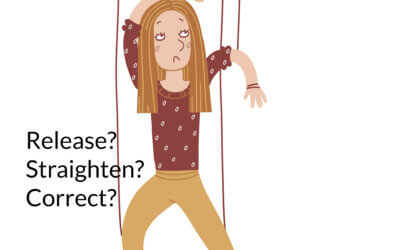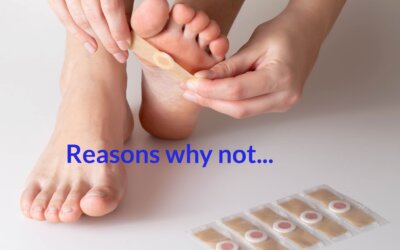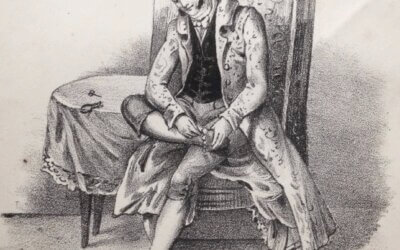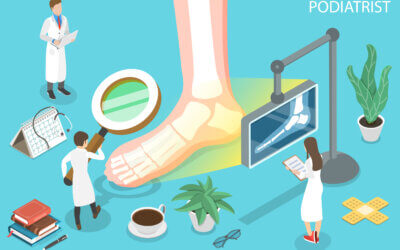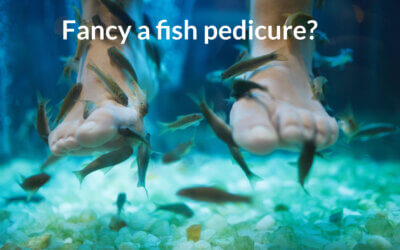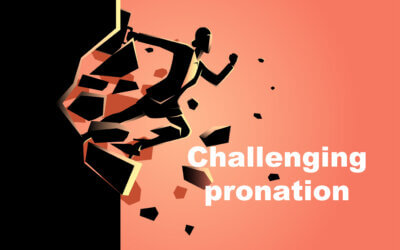Regular Articles
Starter Guide for Taping
We can use commercially developed braces and soft forms of splinting to support joints and soft tissue (ligaments and muscle) to limit pain, support function and, above all, provide continuing activity whilst limiting damage. Tapes adhered to the skin have been promoted as an adjective for achieving the same aim. In this article, I will bring some ideas into focus about taping (strapping). While you can undertake these at home, placement and technique are best applied with someone to aid your technique. Focusing on the shoulder, the knee and the ankle provides an idea of how assistance can be used and I have delved into my own experience as a patient.
The Magic of the Pelvic Floor
For the most part we are led to believe that many post natal issues are just ‘normal’ or par for the course of being a woman. Heavy periods, incontinence, painful sex, prolapse and suffering the symptoms of the perimenopause are all part of being a woman aren’t they? Much can be overcome by advice and implementing strategies early on.
Skin Cracks & Fissures in Feet
Skin fissures can affect all genders, but footwear design can be an influencing factor. The shoe that causes the most problems is the mule or a shoe design that has no heel counter or strap. This allows the heel to slip but can cause the skin to bulge over the edge of the heel. This extra tissue distortion causes skin the thicken and then crack. Cold and damp weather can affect the skin as much as overuse of these shoe designs.
The Puppet Toe
Zandra’s toe was not dislocated, but untreated hallux valgus (bunion) deformities can cause this problem. The simplest approach is to straighten both the first and second toe together. If the toe problem arises later, as in Zandra’s case, we can deal with the second toe alone. Evidence is poor, so we must look at the broader picture. Do we know when hammer toes start to be notable in the human population?
Do corn plasters work on corns?
Today we know more about the humble corn than we have done in the past, but for many patients, sharp dissection on a cyclical basis is a quick fix, even if it is not permanent. Unlike a callus, however, your approach must be considered more cautiously. Part 1 covers some of the reasons why everyone needs to be aware that a corn may appear simple but may not be.
Hard skin on our feet?
If your foot is not conventional in shape, and you have bone prominences, the chances are these parts of the foot will be exposed to pressure. You may have to measure the largest foot and fit this, then use an insock (filler) to allow the smaller foot a better fit. Most shoe shops carry these insocks. Unlined shoes stretch better than lined shoes; you can push paper or shoe trees into the toe box to stretch the shoe. Professional stretching is less common than once available. Cobblers may offer a service to do this for you, or you can purchase a shoe stretcher for under £20 online.
The Softer Side of Podiatry
When it comes to skin – callus and corns occur in different degrees and can form extremely painful conditions, from splitting skin (fissures) to deeper ulcers, foreign indwelling damage and cysts. The nail bed harbours many problems and requires skill to navigate fleshy tumours and overgrown blood vessels, causing deformity and distortion known as hypergranulation.
Getting the best foot healthcare
This article focuses on getting the best foot care, but you can consider other relevant health concerns. Following some tips, you can check out some of the 70 key articles to support your quest for your foot problem at the bottom of this article.
The Fish Pedicure – good or bad?
CFP decided to look into this topic further and found some interesting facts. Yes, you can become infected from the doctor fish, as they are sometimes called, although the fish as Garra rufa fish and are found in the Middle East, such as Turkey, Syria, Iraq, Iran, the Far East – Indonesia. The Garra rufa belongs to the carp family. In their natural habitat, their suction helps them stick to rocks so they feed on plankton. In a town called Kangal, it was observed that the resident Garra rufa fed spared normal skin but ate psoriatic plaques. Let’s look at risk and potential reasons for scaremongering. Secondly, we need to feature the Garra Rufa fish.
Selling & Misselling Orthoses
At ConsultingFootPain my colleagues and I try to take the mystique out of foot health science and recognise it is easy to confuse patients. For example, pronation is yet another word based around anatomical movement.
Sports magazines and journals, podiatrists and others use the word pronation all the time. However, do we know or understand the importance of the term, which can be used to confuse? In addition, there is another angle to this word and one that is often attributed to flat feet.
